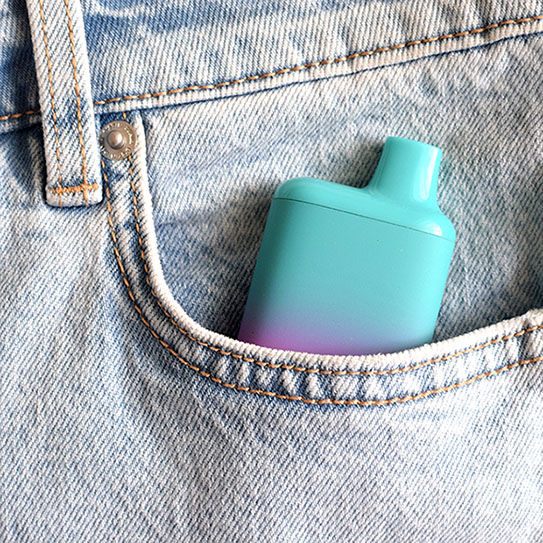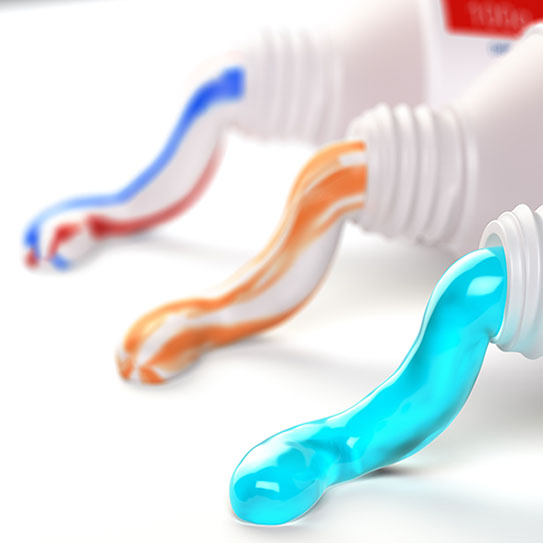
AS DENTAL PROFESSIONALS, we love when patients ask us questions. It shows they care about their oral health and want to make informed decisions. Over the years, we’ve noticed certain questions come up again and again. Here are the answers to some of the most common ones we hear.
How often should I really be coming in for cleanings?
Most patients benefit from professional cleanings every six months. However, some people need more frequent visits depending on their oral health history, gum disease risk, or other factors. Regular cleanings remove tartar buildup that brushing and flossing can’t address, helping prevent cavities and gum disease before they become serious problems.
Do I really need to floss every day?
Yes, and here’s why: your toothbrush can’t reach the surfaces between your teeth where food particles and plaque accumulate. These areas are prime spots for cavities and gum disease to develop. Flossing once daily removes debris from these tight spaces and helps keep your gums healthy. If traditional floss is difficult to use, ask about alternatives like floss picks or water flossers.
Why do my gums bleed when I brush or floss?
Bleeding gums are often a sign of inflammation caused by plaque buildup. While it might seem counterintuitive, the solution is usually to brush and floss more consistently, not less. Healthy gums shouldn’t bleed with normal brushing and flossing. If bleeding persists after a week or two of improved oral hygiene, schedule an appointment so we can evaluate for gum disease.
When should my child first visit the dentist?
The American Academy of Pediatric Dentistry recommends children visit within six months of their first tooth emerging, or by their first birthday. Early visits help establish good habits, allow us to monitor development, and catch potential issues before they become problems. Baby teeth are important placeholders for adult teeth and deserve proper care.
Are electric toothbrushes better than manual ones?
Both can be effective when used properly. However, many patients find electric toothbrushes easier to use correctly because they do much of the work for you. Some models include timers to ensure you brush for the full two minutes and pressure sensors to prevent brushing too hard. The best toothbrush is the one you’ll use consistently and correctly.
What causes bad breath, and how can I fix it?
Persistent bad breath often stems from bacteria on the tongue, between teeth, or in gum pockets. Regular brushing, flossing, and tongue cleaning usually help. Staying hydrated and avoiding tobacco also make a difference. If bad breath continues despite good oral hygiene, it could indicate gum disease, decay, or even medical conditions requiring attention.









